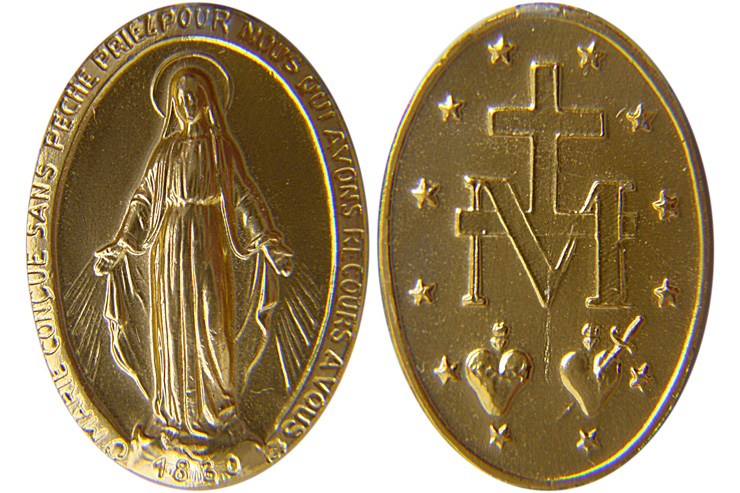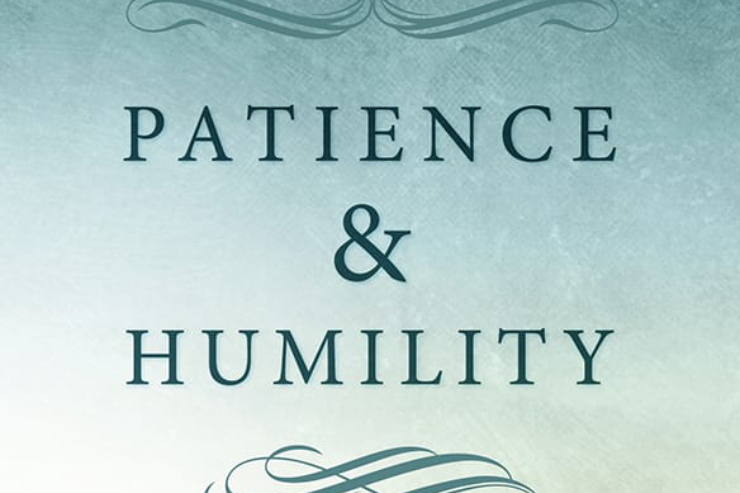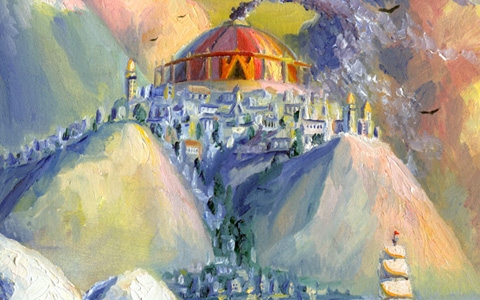It started out as a series of love notes. He worked in the back of the John Deere dealership, as a mechanic, and I was at the parts counter. Every morning, I would leave a little note stuck in his toolbox.
After a few months of this, I missed a day. Maybe I was tired that morning, maybe I didn’t have anything to say, or maybe I just didn’t feel like writing a note. At lunch, he asked why there had been no note.
“You missed it?” I asked.
“Yeah,” he said, and with that, I started a habit that has lasted ten years past our courtship and into our marriage. My little love notes have grown into a conversation we have throughout the week. Instead of scraps of paper, my husband now gets, most mornings, a few lines on the dry erase board we keep in the bathroom. In reply, I get a few lines and a glimpse into what my man of few words has going on in his mind.
Those little love notes from our days of dating have also blossomed to involve our four-year-old daughter. She noticed that we write to each other, and after asking me about it at length, starting leaving drawings for Daddy on a different dry erase board. Her delight in finding a new drawing makes me appreciate this habit of note-writing even more.
Throughout history, God has taken the time to leave notes for us, and when I consider the Miraculous Medal, I can’t help but see it as a love note from heaven.
On the front, Mary is standing on a globe, her feet crushing the head of a snake. The globe is inscribed with the year 1830. Mary’s hands are open, palms out, with rays coming out of them. Around the oval edges of the medal, encircling Mary, are inscribed the words “O Mary, conceived without sin, pray for us who have recourse to you.”
The back of the medal bears a cross resting on a bar at its base. A letter “M” is woven in the bar, and beneath the “M” are the Sacred Heart of Jesus, ringed with a crown of thorns, and the Immaculate Heart of Mary, pierced with a sword. Both hearts are crowned with flames. Around the medal’s oval edges, enclosing everything, are twelve stars.
The symbolism of the Miraculous Medal holds many lessons for me. On the front, I find the fulfillment of Genesis’ promise of the serpent’s head being crushed. The rays coming from Mary’s hands represent the graces she offers us, so heavy and bountiful that she can’t carry them all. What do I neglect to ask for, shy away from mentioning, or think is too small to request?
Though the year 1830 is obviously important, there’s no indication of why it’s included on the medal. For me, it’s a reminder that though my time here on earth is brief, the rewards of following God’s will and seeking Him in all I do are eternal. Seeing Mary on the globe is a reminder of her role as Queen of Heaven and Earth, though she’s the kind of queen who I imagine sits down on the floor to wrestle with toddlers and brews the tea for her guests.
Turning the medal over, I see the truth of Mary’s always leading me to Jesus. At the foot of the Cross, He gave me His mother (John 19:25-27), and she has never stopped pointing the way back to Him. Inviting her into my life, asking for her help, laughing with her at the antics of my children — in all these ways I find myself staring up at the Man on the Cross and seeing His love for me.
The “M” stands for Mary, I know, but it also calls to mind my many roles. Mary understands this as well as anyone can. Just like me, she is a mother. Just as I juggle many responsibilities, so did she. She cooked and cleaned, laundered and laughed, consoled and taught. In that “M” on the back of the Miraculous Medal, I find strength in her perfect example, hope in her ongoing trust, inspiration in her unwavering faith.Catherine Labouré
I suspect that Catherine Labouré felt that God had left her a love note with the Miraculous Medal too. She was only a novice in the Motherhouse of the Sisters of Charity in Paris. She was not spectacular in any particular way, just a regular 24-year-old young lady discerning her vocation.
But on the night of July 18, 1830, she heard a child’s voice calling her.
“Come to the chapel,” the child told her. “The Blessed Virgin awaits you.”
Knowing there would be trouble if she was caught, I imagine Catherine protested.
The angel, though, insisted. And the promise of meeting Mary must have trumped her concerns.
The chapel was lit up as though for a midnight Mass. There stood Catherine, in her pajamas and bleary from sleep, preparing to meet the Mother of God. What could she do but kneel at the communion rail? And when she heard the rustle of a dress, how did her heart leap?
Mary sat in the director’s chair, resplendent. Catherine approached her after the angel whispered, “The Blessed Mother wishes to speak with you.”
What did it feel like to have her head in Mary’s lap? Did Mary stroke her temple as she told her of her upcoming mission, of the difficulties she would face, of the persecution? Was Catherine’s face strengthened, despite the challenge in front of her, by the mere touch of the Mother?
Catherine returned to bed that night, and she must have been changed by that encounter. She confided in her spiritual director, as Mary had directed her, and a few months later, on November 27, Mary reappeared, instructing Catherine to have a medal struck with her image as she appeared.
Rather than protest, Catherine verified details. Rather than hesitate, she went immediately to her confessor. Rather than struggle, she submitted to God’s will.
The spread of devotion to the Miraculous Medal was a miracle in itself. Pope Gregory XVI put one at the foot of the crucifix on his desk. Stories of the cures and wonders attributed to the medal kept growing. By 1836, one firm had sold several million medals, and there were four engravers struggling to keep up with the demands.
Today, devotion to the Miraculous Medal, and to Mary as Our Lady of the Miraculous Medal, continues. Whether it’s an exquisite piece of jewelry or a small reminder for a pocket, there’s something about this little medal.
It’s a reminder of how much God loves us, and we never grow tired of hearing how we’re loved.
I always thought my daily love notes were silly, back in the early days of our dating and even when we first got married. I couldn’t really help writing to him, whether to express my undying love or to let him know what was challenging me on any given day. As the newness of our love has grown into a more mature tackling of daily life with busy jobs and young children, my notes have also changed. Now they often include something about the kids, an insight into what my day holds, something I hope we can do together.
The act itself hasn’t changed much, though many days I’m now writing on a dry erase board in a bathroom. I’m still writing notes to the guy I love. The content may be slightly different, but so are our lives. Love has come to mean more than a feeling of intense passion; it has meant bearing crosses and enduring daily life with a smile.
















